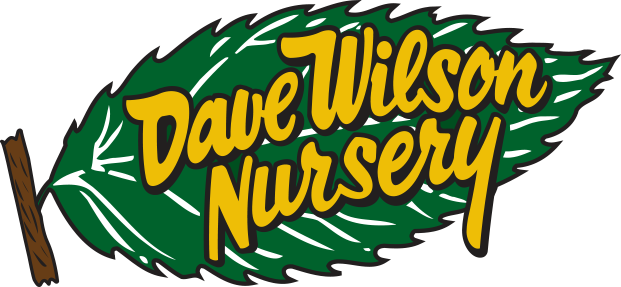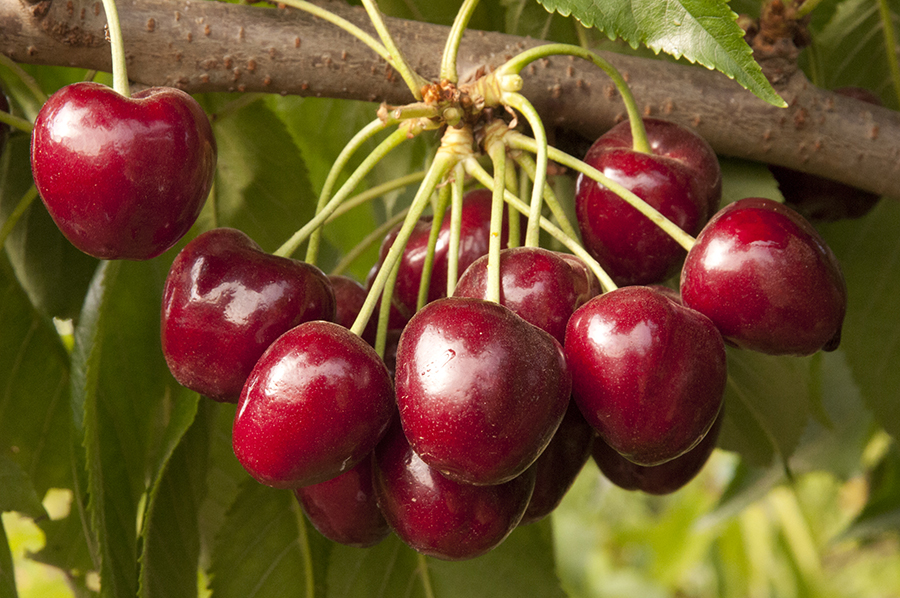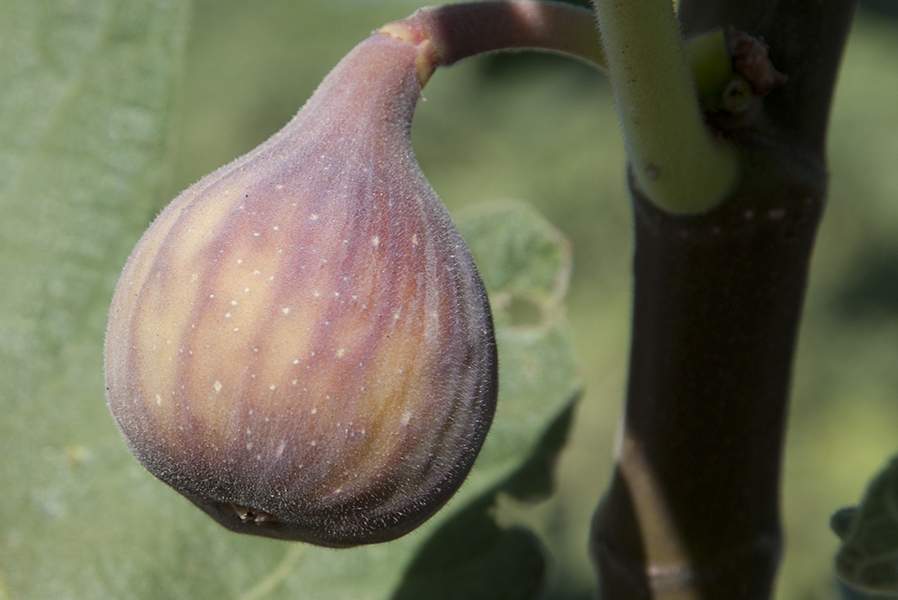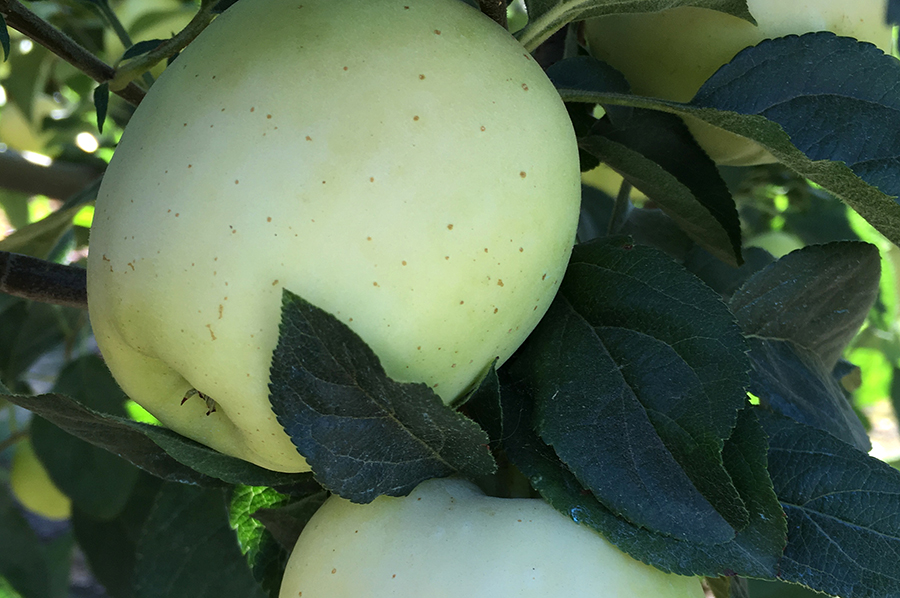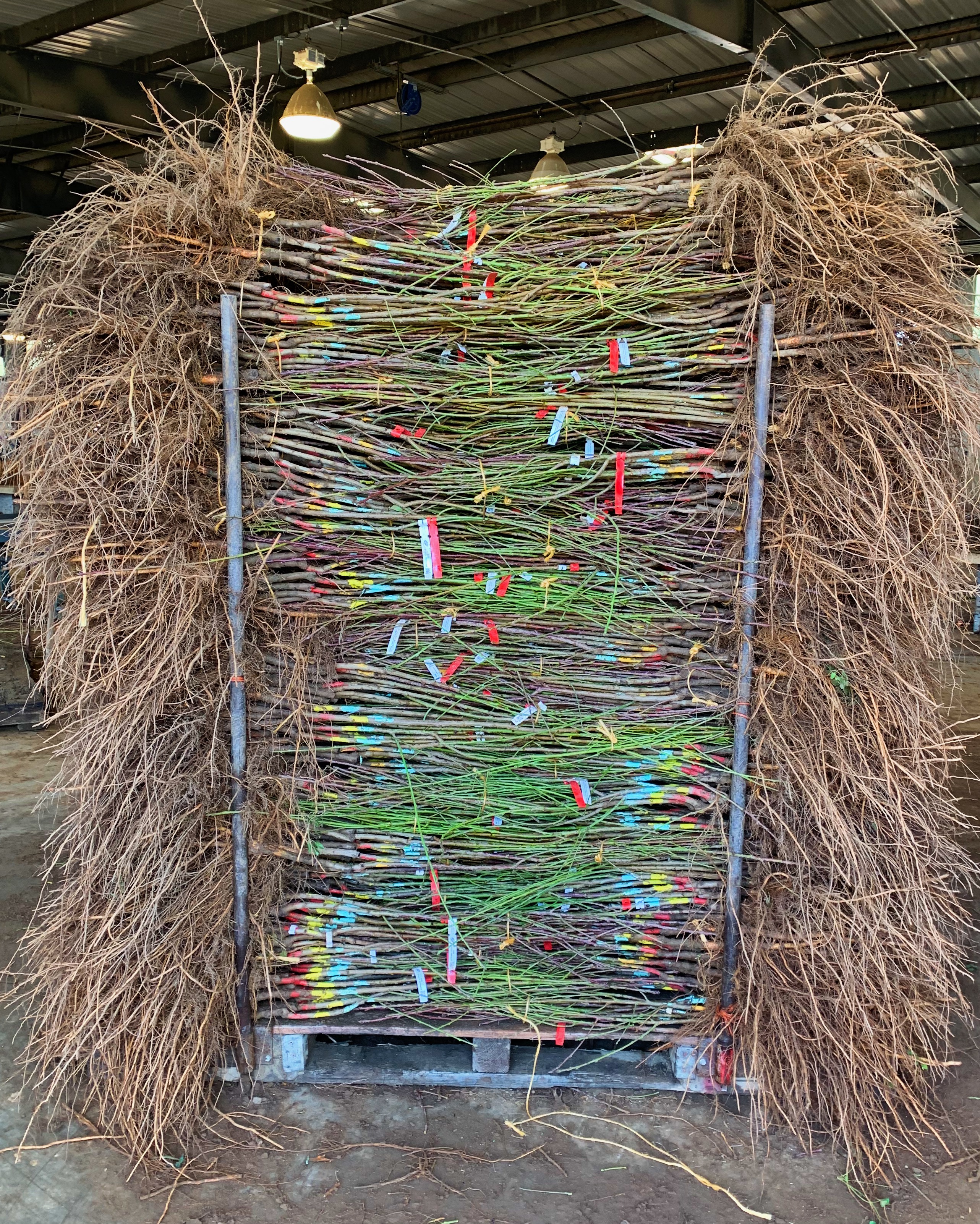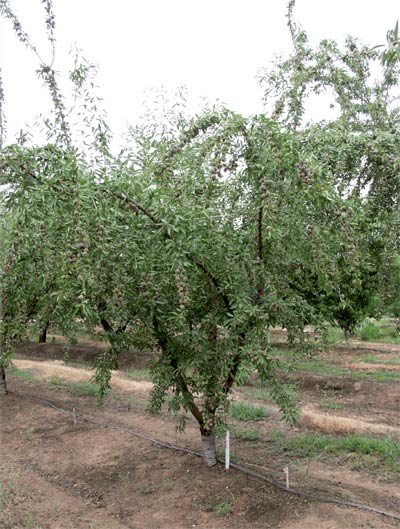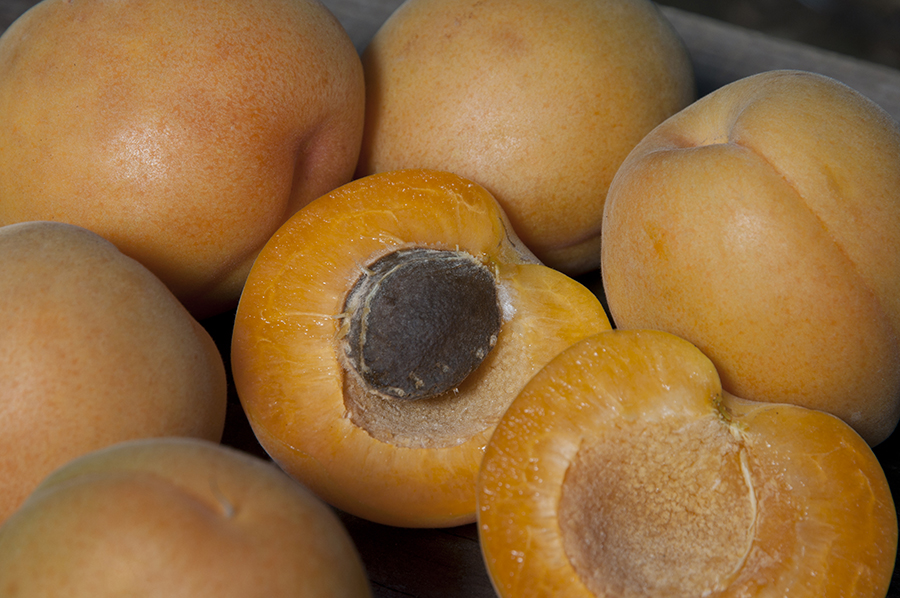Care of Trees before Planting
Protect Trees from the Elements
Since tree roots should not be allowed to dry out or freeze, they must he sheltered from sun, wind and frost. Transport trees only in a covered vehicle or wrapped in a tarp. If you plan to plant within a couple of days, it’s OK to store your trees in a completely enclosed building that maintains temperatures above freezing and hose down the trees daily. Trees also may be protected from a light frost by a heavy cloth tarp but all edges of the tarp should be buried. If you aren’t watering the trees personally, check them at least once a day to make sure all roots are damp.
Heeling in
Trees that must he held longer than a couple of days Should be “heeled in”, a temporary planting in loose, moist soil. A well-drained location is essential to prevent root rot; heel in where rain or runoff will not flood the trench. Heel in trees in clean soil or preferably at the fumigated orchard site. Be sure to cover roots completely. To prevent air pockets, pack soil around roots as the trees are placed in the trench. If the soil isn’t moist (it should form a ball when squeezed), water in trees after they are heeled in. Heeled-in trees may need to be watered again to keep soil damp around roots if planting is delayed. After watering or rain, check heeled-in trees to make sure roots are not exposed. Roots are susceptible to frost damage if they are not covered.
Cold Storage
Contact us as early as possible to arrange cold storage for late plantings. As trees start to break dormancy in early spring, internal changes and root development occur before any sign of growth appears in the tops of trees. Best results in late plantings are obtained when trees are placed in cold storage while still fully dormant, before these changes occur.
